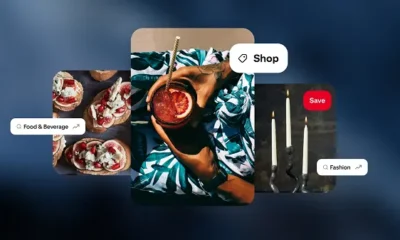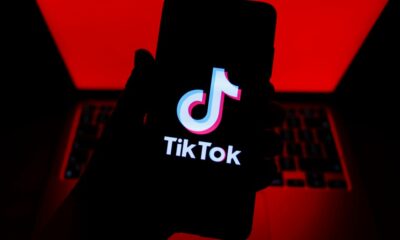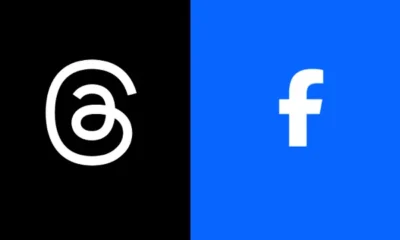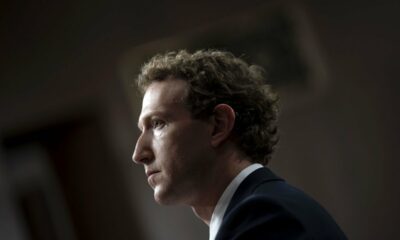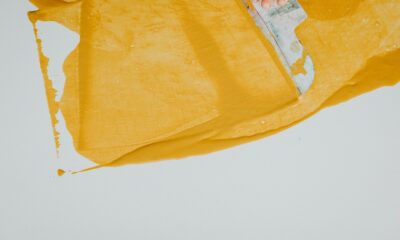Facebook’s Workplace, now with 5M paying users, adds drop-in video Rooms and more


One of the biggest technology takeaways of the last couple of months has been that organizations need confident, wide-ranging digital strategies to stay afloat, and Facebook — in its wider bid to build products to serve businesses — is taking note. In the same week that the social network doubled down on business tools for small and medium enterprises with Shops, it is also sharpening its focus on larger enterprises and how they might use its platform.
Today, Facebook announced a number of new products coming to Workplace, its enterprise-focused chat and video platform, including Workplace versions of Rooms (its Houseparty video drop-in clone), Work Groups (a feature it launched on Facebook itself last October to create informal Groups for co-workers), more tools to make video conversations more interactive and enhanced tools for its Portal video hardware.
Alongside all that, Facebook also announced the general availability of Oculus for Business, an enterprise-focused version of its virtual reality headset and platform that plays on how spatial computing is starting to get adopted in a business setting, particularly in training and collaboration projects. It said that there are now more than 400 independent software vendors contributing products to the effort.
The new products are coming at a time when Facebook is focusing how its platform can be a natural tool for consumers who are already using it, to migrate to use it more for work purposes too.
This is something that Mark Zuckerberg has also been teasing out, with his own announcements and discussion today about moving more of Facebook’s staff to remote work. “This is all about a feeling of presence,” he said during his Live video, aimed at staff but broadcast publicly. “As we use these tools for work as well and eat our own dog food, we’ll advance the technology.”
Facebook is also responding to what is going on in the wider working world. Video conferencing and other communications services for remote teams are booming, a direct result of people having to work from home to fall in line with current COVID-19 social distancing measures.
That shift has led to a huge surge of usage and interest in communications tools like Zoom, Teams and Skype (from Microsoft) and Hangouts and Meet (Google’s video offerings).
Facebook itself has been no stranger to that trend: Workplace now has 5 million paying users (and millions more using it for free) — up by 2 million to the end of March. (For some, but not direct, comparison, Slack says it has 12 million daily users and more than 119,000 paying customers, which include many more individual users; Microsoft’s Teams most recent numbers from March are 44 million daily users, but it doesn’t break out which of those are paying.)
Interestingly, that number doesn’t include April or the first part of May, arguably the peak of measures for people to shelter in place in countries outside of Asia (where many put in measures earlier).
“We will see the impact of COVID-19 a few weeks from now,” Julien Codorniou, VP for Workplace, said in an interview. He added that he doesn’t think that the softened economy, and subsequent layoffs for some large employers, will have had an impact on growth, despite Facebook’s customer list including big players from the hospitality and retail sectors (Walmart, Virgin Atlantic and Booking.com are among its many customers in those sectors).
“Usage has stayed the same,” he said. “They know they will have to go back to work at some point and they have to keep their [employee] community engaged. Workplace became mission-critical overnight.”
The new features getting launched today are interesting in part because they are not necessarily so much about expanding the Workplace ecosystem with more links to outside apps — that was one strategy that Workplace has chased in previous iterations to keep up with Slack and enhance its toolset — as it is about enhancing the Facebook-native set of features that it would like people to use. It might speak to Facebook accepting that its strongest play is to accentuate its social features rather than try to position itself as an all-in-one productivity platform (which might come naturally as a result; or might not).
Work Groups — basically smaller groups you could create on Facebook to chat directly to your colleagues outside of your wider circle of friends — was an odd one to launch outside of Workplace, but Codorniou said it was very intentional: the idea was to give a wider set of Facebook users a taste of how they might use Facebook in a work context, and to hopefully drive more usage of Facebook as a result.
The fact that the Rooms feature is now coming to Workplace itself will be one way to entice more of those users — there are now 20 million (yes, that’s right: the power of Facebook scale) — to migrate their usage to Workplace to take up other tools on offer there. For those on Workplace already, it’s another way to boost engagement on the platform.
Rooms are also an import from the consumer side of the business. Rooms was Facebook’s informal attempt to bring in a bit of the spontaneity of other apps like Houseparty (which is a part of Epic Games), but tapping into the social graph that you already have on Facebook. It’s a relatively new feature, only getting launched at the end of April, so it’s interesting to see it making such a quick appearance on Workplace. (Live took significantly longer to get imported.)
The key element of Rooms that will stand out for Workplace users is that those who are on Workplace already can use it to create links that others can use to drop in, even if they’re not a part of the user’s Workplace group or on Facebook itself. Like Zoom or the others, essentially it’s a URL link that will let anyone with a camera, a microphone, a browser and a connection link in.
The tools that Facebook is adding to enhance how Workplace users are able to work with video, meanwhile, will also potentially improve engagement on the platform, but also more simply, give it needed parity with the other tools that have proven popular — necessary if Facebook hopes to get more traction with its native tools, even as it continues to offer integrations with the likes of Zoom.
Live Producer lets the host of a video live event start polls, share their screens and see “health” metrics to gauge responses to what they are saying. Q&A follows the same idea, a Slide-like system to queue, triage and select questions without the questions being necessarily visible to everyone watching. Lastly, the addition of captions will be especially welcome in international teams when you might not always be speaking to people fluent in whatever language you’re using. It’s starting first with live captions in English, Spanish, Portuguese, French, Italian and German.
TechCrunch





